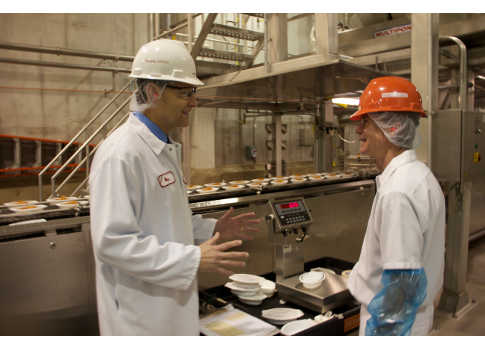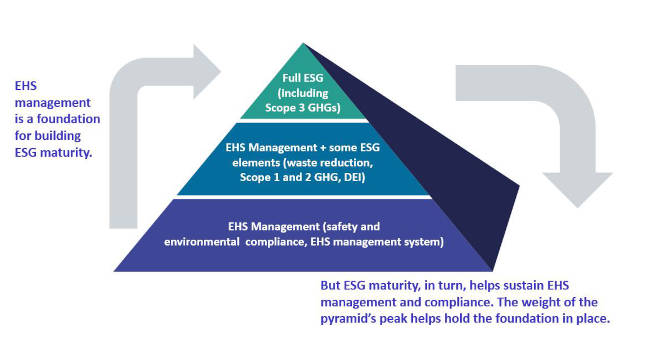Unsanitary products, and in some cases outbreaks of disease, have led to a groundswell of support for new regulations, and Washington has responded.

The food industry has come under fire a bit recently, as the Food and Drug Administration has begun to crack down on farms and other food producers with respect to food safety. Unsanitary products, and in some cases outbreaks of disease, have led to a groundswell of support for new regulations, and Washington has responded.
President Barack Obama signed the Food Safety Modernization Act (FSMA) into law on Jan. 4, 2011. While the legislation is now more than five years old, every day there are still new provisions being added to the act, which was billed as the most sweeping reform of American food safety law in over 70 years. Food producers everywhere have had to adjust to a new reality in terms of compliance.
The goal of the FSMA, as Obama described it in 2011 when he signed the act, is to shift the focus. Rather than responding to contamination in food products after it happens, America now wants to prevent it. Accomplishing this will require a lot of hard work, both from FDA inspectors and the food producers on the front lines.
"The FDA plans to spend an additional $5 billion over the next five years to pay 1,000 new inspectors to oversee food production facilities and guarantee everything is up to code."
Getting On Board With The FSMA
When the FDA first proposed new legislation regarding food safety six years ago, they had good reason to do so. They’d just performed research finding that 1,442 people across 43 U.S. states had contracted salmonella poisoning from jalapeno and Serrano peppers – 300 had been hospitalized, and two were even killed. So it was clear at that point that some action was necessary. Hence the 2011 passage of the FSMA.
But the government office realized that even after passing new legislation, their work was still far from done. Michael Taylor, the FDA’s deputy commissioner for foods and veterinary medicine, noted in an organizational news release that when he went to visit with farmers and other food producers, it became clear that they were having trouble meeting the new standards for compliance.
Taylor made visits in 2013 to the Pacific Northwest, New England and even overseas to Europe. During that time, he discovered that growers were becoming increasingly concerned about where food regulations were headed and how they would be affected. Not everyone was on the same page.
"The bottom line is that through these trips, our eyes were indeed opened to some realities," Taylor said. "It became clear that we’d need to make changes for the regulations to work for the food industry while still protecting public health."
This was the beginning of a long-term process. Today, years after the passage of FSMA, food producers are still working on navigating the new world of compliance.
Understanding The New Compliance Landscape
In addition to passing new legislation, Washington has also stepped up its game with regard to enforcing the rules. The FDA plans to spend an additional $5 billion over the next five years to pay 1,000 new inspectors to oversee food production facilities and guarantee everything is up to code.
There’s very little room for error in the food industry now. Every year in the U.S., 3,000 people die from foodborne illnesses, and Washington knows it. There is every reason to crack down.
What Your Organization Can Do Today
If you work for a food-producing organization, what can you do to adjust to the new regulatory situation?
It always helps to educate yourself further. To that end, the Global Trade and Supply Chain Institute offers valuable information that may help your organization get up to speed and better understand the impact these regulations have on maintenance and operations—without incurring unnecessary fines and fees.
– This article originally appeared on Smartware Group blog. Smartware Group is a CFE Media content partner. Edited by Erin Dunne, production coordinator, CFE Media, [email protected].



